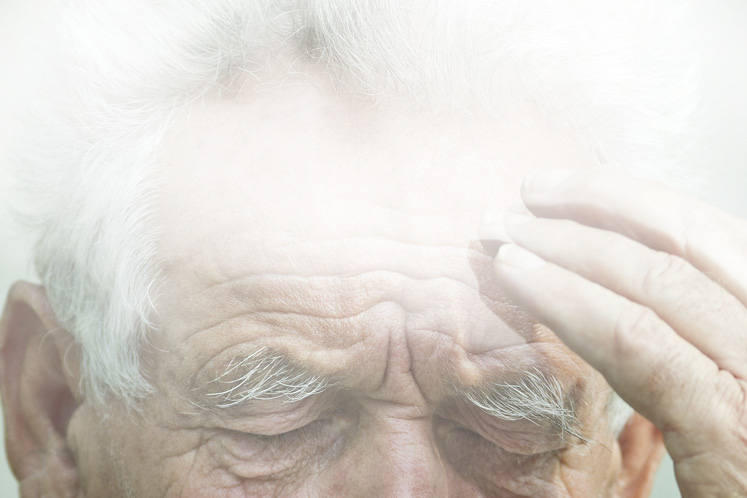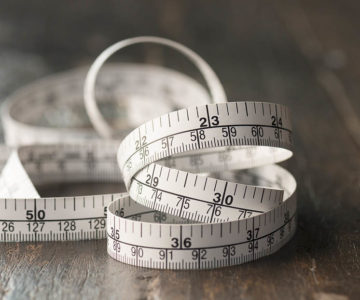Brain Fog: How to Clear the Covid Hangover
Gail Grant examines how the disruptions of the pandemic led to a flatline of interactions, leaving our brains sluggish and our tongues tied.
We’re all talking about it. It’s at the top of our minds … on the tip of our tongues. You know. What’s it called again? Oh, yeah, brain fog.
It seems to be an epidemic of its own. We reach for memories and find they can’t always be retrieved. Or the link between words and meaning has been misplaced. And we’re all familiar with the look of incredulous helplessness on the face of a friend who has forgotten where her sentence was going.
I recently had a delightful 20-minute chat with a woman in the grocery store parking lot. After we parted, I resorted to searching my phone’s contact list to come up with her name (and I noticed, somewhat ruefully, that she hadn’t used my name, either).
For me, mind muddle is much farther up the scary scale than the more familiar grinding and crunching of an aging body. But the perversely encouraging news is that it’s not just the older generation feeling the effects of sluggish thinking. I’ve heard much younger people complaining about the same unsettling discomforts.

Still feeling a bit sluggish from years of less interaction? Community connections can help heal the weakened social muscles.
So let’s just call it the Covid hangover. The last three years flatlined our experiences and limited our options. We suffered through what felt like an interminable period of isolation and aloneness, hoping to mitigate our chance of catching the dreaded virus. Our social patterns were disrupted, and we formed new habits. As a result, getting out and about now feels like an unfamiliar effort. It’s tough kickstarting our social engines.
So, often we don’t. We get into our jammies as soon as the sun sets, pop the corn, and settle down, feet up, with Netflix. The cycle persists, the brain fog continues. During a recent online chat with Caledon East’s Leanne Flood, she told me that she and husband, Brian, have noticed significant changes in their lives since Covid. “Our social world has definitely shrunk. We’re trying to slowly get back into some things, but it’s a bit of a push.”
But for our own good, it may be time for all of us to make that push and get beyond the lethargy that’s overtaken us – especially for those who live alone, which is more and more of us. In 2021, according to Statistics Canada, 15 per cent of Canadians 15 and older lived alone, the highest number in history, with that number significantly skewed toward older adults.
Of course, living alone doesn’t necessarily equate with being lonely, but if the goal is to keep our brains and even our bodies healthy, social interaction is an important factor in getting there. Many studies have shown that social connections with family, friends and community not only enhance cognitive function but improve outcomes across a wide range of medical disorders from high blood pressure to coronary disease.
But how do you build your social circle? Experts suggest seeking opportunities to meet people who share your interests. This could be through volunteering, taking a class, joining a gym, getting involved with your faith community, or getting a part-time job.
I’m fortunate to live in a Palgrave community that makes social interaction a priority. We recently had a sign-up day at our clubhouse where 14 activity leaders offered everything from art classes, yoga, golf leagues, and tech education and support to pickleball, tennis and even bocce.
But whatever the activity, the key attraction was to find a way to reconnect with friends and neighbours. “The number of people who turned out was well beyond our expectations, and the atmosphere was a blend of happiness and anticipation,” said Eve Sutton, who directs activities at the clubhouse. By the end of the day many classes and activities were at capacity with substantial wait lists.
And there are other, more casual ways to re-establish those human bonds. With the warm weather, I’ve noticed groups of people having animated conversations on the outdoor patios along Broadway in Orangeville – the perfect place to hang out and relax. And among my friends and acquaintances spontaneous hugging is definitely back. Both are positive signs that we are emerging from the stringent isolation and fears of the Covid days.
We have learned to adapt to shifting physical capabilities as we age. While none of us knows how much runway we have left, we do know that cultivating strong social connections will help us make the most of the time we have – and may even blow away a lot of that pesky brain fog.
Related Stories

“Speak to me, Alexa”
Mar 20, 2023 | | Over the Next HillIt’s a struggle to make friends with new technology.

Metric Resistance
Nov 20, 2022 | | Over the Next HillDo you still think in a weird mix of metric and imperial? Writer Gail Grant finds that 50 years later conversion doesn’t come easily, especially if you’re in a certain age bracket.








